FAQS
Fly-fishing flies fall into four basic categories: dry flies, wet flies, streamers, and nymphs.
- Dry flies: Anglers use these flies to fish the water’s surface. They imitate either the adult stage of aquatic-born insects such as mayflies, or terrestrial insects like grasshoppers that have fallen into the water.
- Wet flies: These flies are used below the water’s surface, either dead-drifted or on the swing. Typically, they include a soft hackle and they’re weighted to sink. They imitate insects swimming to the surface or that have been pulled into the water column.
- Streamers: Fished underwater on the swing or retrieve, streamers look the most like conventional fishing lures. They imitate minnows, crayfish, leeches, and smaller fish.
- Nymphs: Also used underwater, nymphs mimic the larval or nymphal stage of insects or aquatic invertebrates. They are most commonly fished dead-drifted, though they can be fished effectively on the swing, too.
Our most popular flies are the Clouser Minnow (saltwater), Woolly Bugger (trout streamer), and Crazy Charlie (bonefish). Our most popular dry flies are the Adams Parachute and Stimulator. The Holy Grail is the top nymph fly, and both the Sparkle Soft Hackle and Tunghead Soft Hackle Hare’s Ear are must-have wet flies.
How long a fly-fishing fly lasts depends on the fly and how much you’re fishing it. Sometimes your fly gets torn to bits on rocks and trees and you’ll have to repair it when you get back to your tying desk (or buy a new one). Other times, you’ll go through several seasons on the same fly. Well-tied flies you don’t use stay pristine for decades and even generations.
The main difference between a nymph and a dry fly is that nymphs are designed with a slim profile to resist water drag and they’re weighted to sink, while dry flies are tied with fluffier wings and hackles to catch the surface tension of the water and remain on top. Dry flies also feature pronounced soft hackles to look like wings. Nymphs, which mimic insects in the larval stage and living underwater, are more streamlined to resemble developing insects that can dart quickly through the water column.
Fly-fishing flies are made of layers of lifelike materials that include thread, wire, marabou, feathers, fur dubbing, tinsel, chenille, and imitation insect body parts, tied onto a fishing hook.
Our Newest Must-Have Fly Patterns
Discover imaginative new patterns in saltwater and freshwater flies at Orvis, created by Tom Rosenbauer and other celebrated fly artists. Featuring beautiful build quality, materials, and artistry, these lifelike flies are as interesting to look at as they are useful to own. Explore new patterns in saltwater and freshwater flies that will work in the toughest scenarios. See what’s new from Tom Rosenbauer and other noteworthy fly tiers; check back often for new patterns. Keep your fly box fresh and the fish guessing with new flies designed by anglers for anglers, from Orvis.
)
)
)
)
)
)
)
)
)
)
)
)
)
)
)
)
)
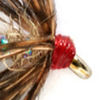
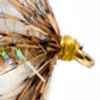

)
)
)

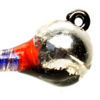
)


)
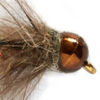

)
)

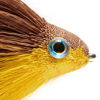
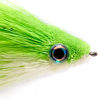

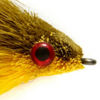
)


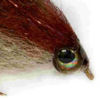

)
)
)

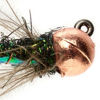
)
)
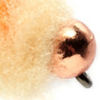
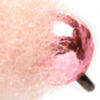

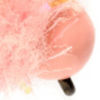
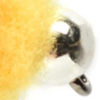
)
)
)


)
)

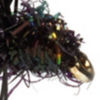
)
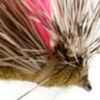
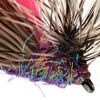
)
)
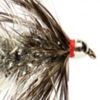

)
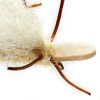
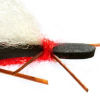
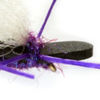
)